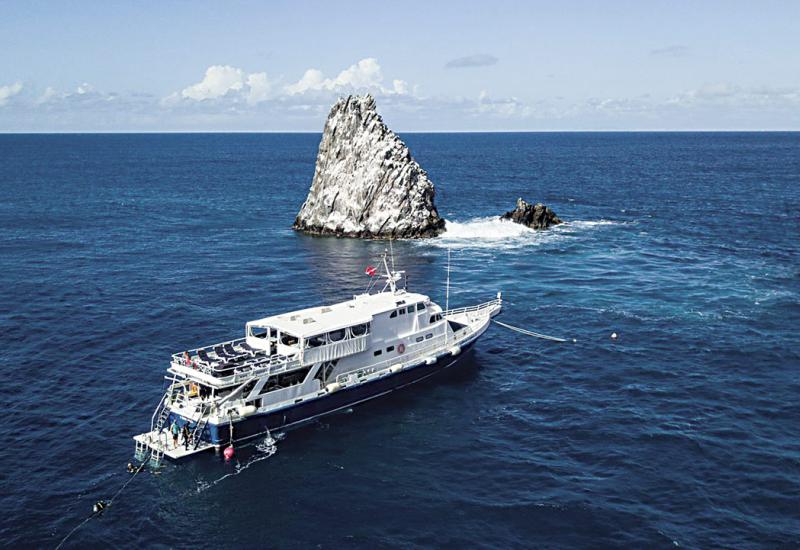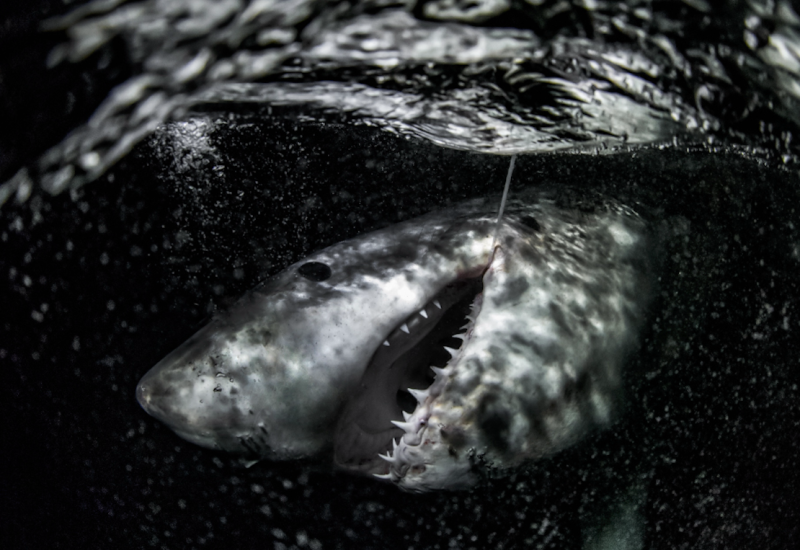Beyond the Data: Merging Traditional and Scientific Knowledge for Ocean Conservation
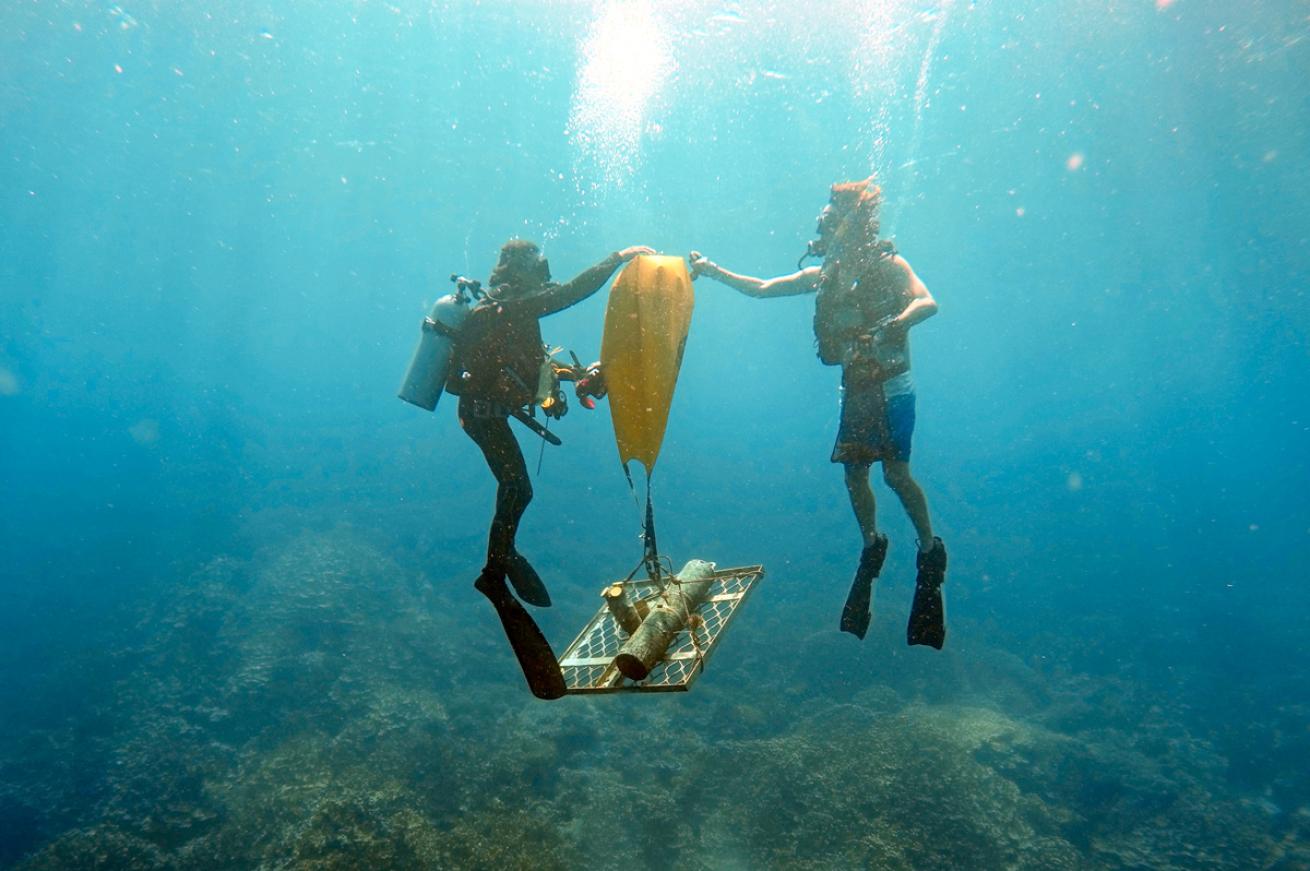
The Pacific CommunityJudith Giblin, left, and a fellow scientist deploy an oceanographic instrument.
Divers are aware of the complex waysclimate change affects the marineenvironment. Many have even seen the evidence firsthand.
We’ve also got the scientific data showing how our seas and marine ecosystems are changing. And behind every data point related to how climate change affects a coastline is a team of scientists, government workers and community members. From the outside, it may seem like scientists put on their scuba diving gear, go to the dive site, deploy their instruments, and return to the lab with their research. However, there’s more going on above sea level while the instruments measure underwater. “My role sounds complicated, but it’s really about carrying out risk assessment for coastal communities and determining their level of exposure, and how adaptivethey are to types of hazards they face, like coastal flooding,” says Judith Giblin, a diver and physical oceanographer working atthe international development organization Pacific Community.
In the South Pacific, a region particularly vulnerable to climate change, ocean scientists embed themselves into the communities to collect data. In places like Fiji, this often means having a talanoa, or discussion, over coconut shells filled with yaqona, an earthy drink madefrom ground pepper root. Once a relationship is built between the community and scientists, they form an allyship that combines traditional and scientific knowledge. Residents might show scientists where flooding has historically taken place. Scientists then feed this information into their oceanographic models to better forecast future flooding events.
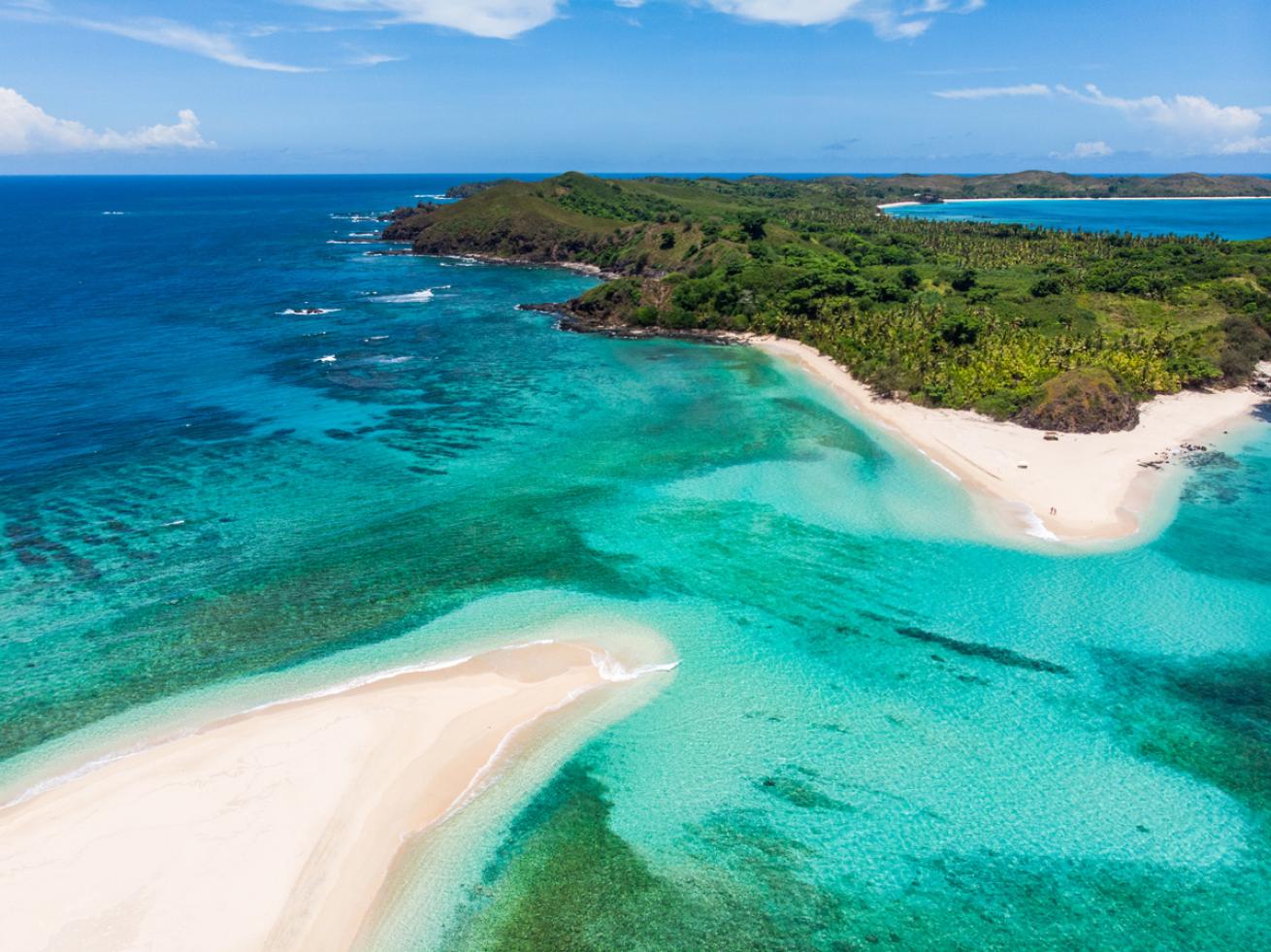
Chantae RedenAn aerial view of FIji.
“As a Pacific Islander, I grew up being exposed to not only the beauty of the ocean but also the extreme impact it has on coastal communities with tropical cyclones, inundation and the hazards that come with living on an island,” Giblin says.
With collaboration, locals can assist oceanographers with the logistics of deploying instruments and protecting them in between scientists’ site visits.
Oceanographers like Giblin translate data from computational models into reality in order to help coastal communities prepare for the impacts of climate change on infrastructure and the economy.
Atolls and volcanic islands respond differently to ocean events, requiring in the water research to truly understand the coastal nearshore processes. For this, analysts must lug diving equipment, oceanographic instruments and plenty of spare parts to farflung islands.
Related Reading: How to Find an Eco-Friendly Dive Center
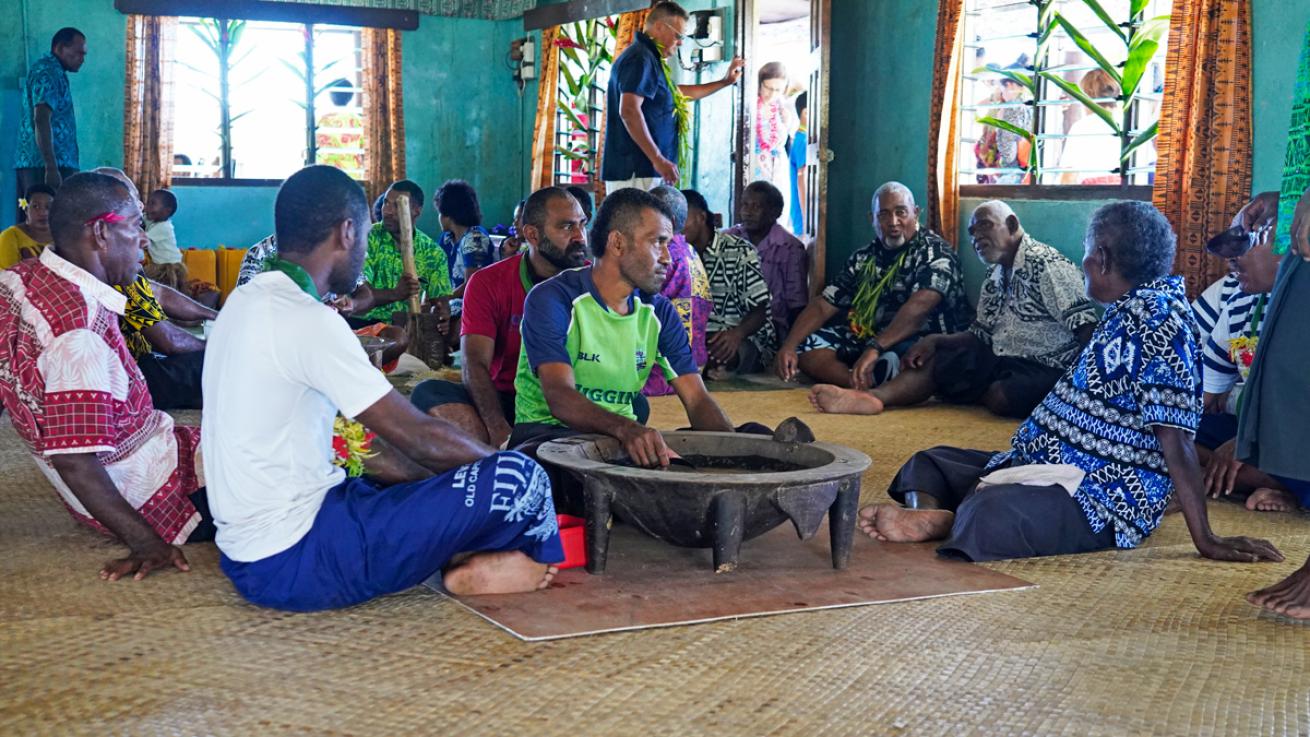
Chantae RedenCommunity members gather around a bowl of yaqona in Kadavu, Fiji.
Once the data is gathered, scientists like Giblin collaborate with meteorological services, equipping local governments with information that influences their weather warning systems, infrastructure and essential services. Pacific Island scientists and government representatives come together to forecast sea temperatures, anomalies and coral bleaching alerts based on the past months’ data. It all helps to provide some certainty in the face of an uncertain future.

